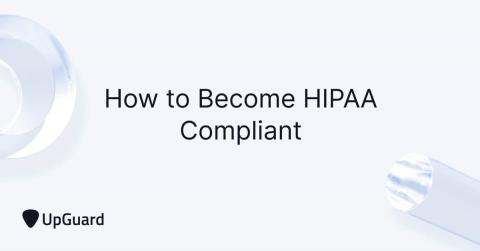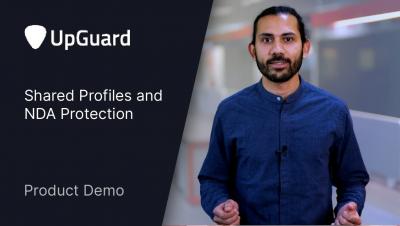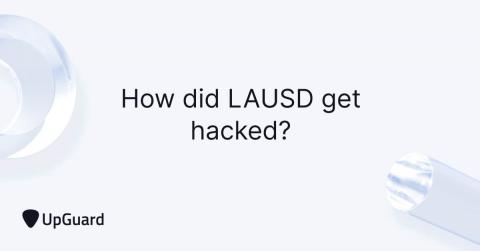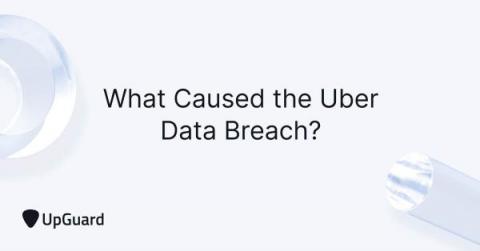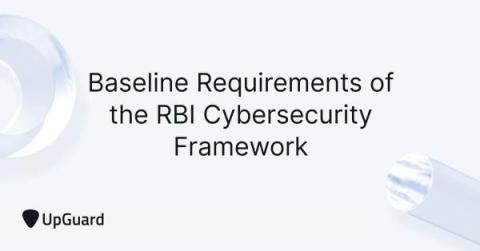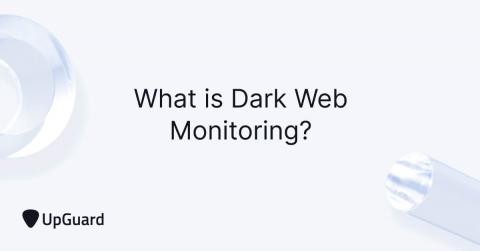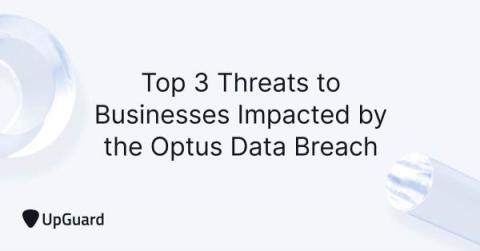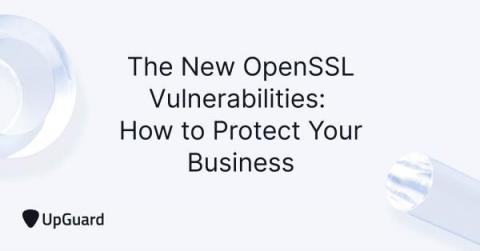How Did the Cash App Data Breach Happen?
The CashApp data breach was caused by a former employee who accessed customer financial reports as an act of revenge against the company after their employment was terminated. According to the April 2, 2022 filing with the Securities Exchange Commission by Block (CashApp’s parent company), the employee required access to the financial reports as part of their daily duties.



